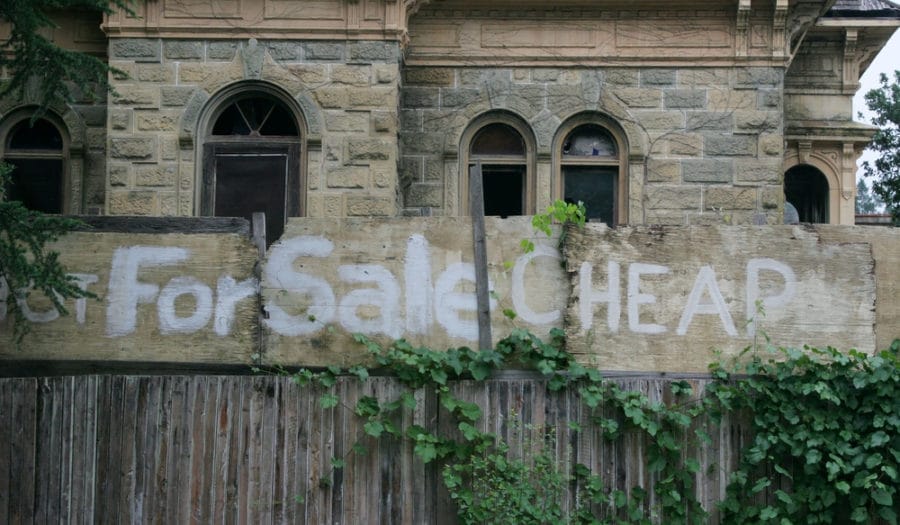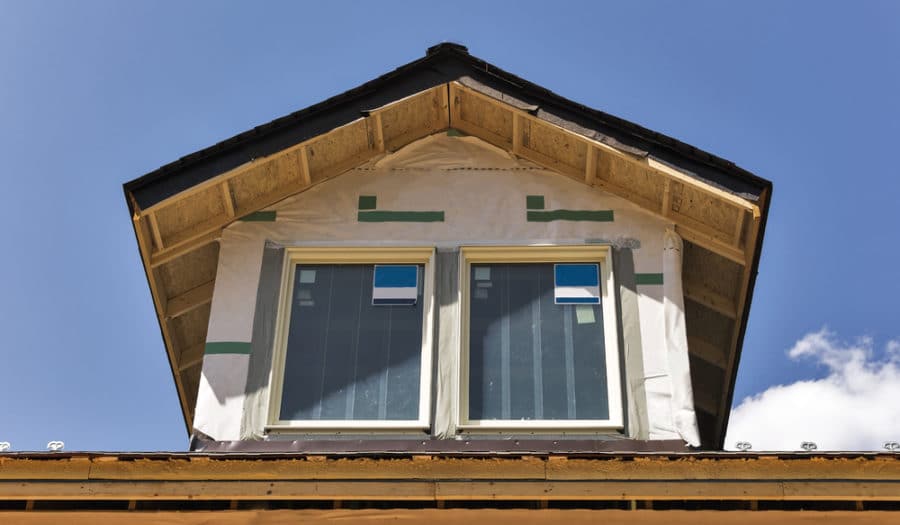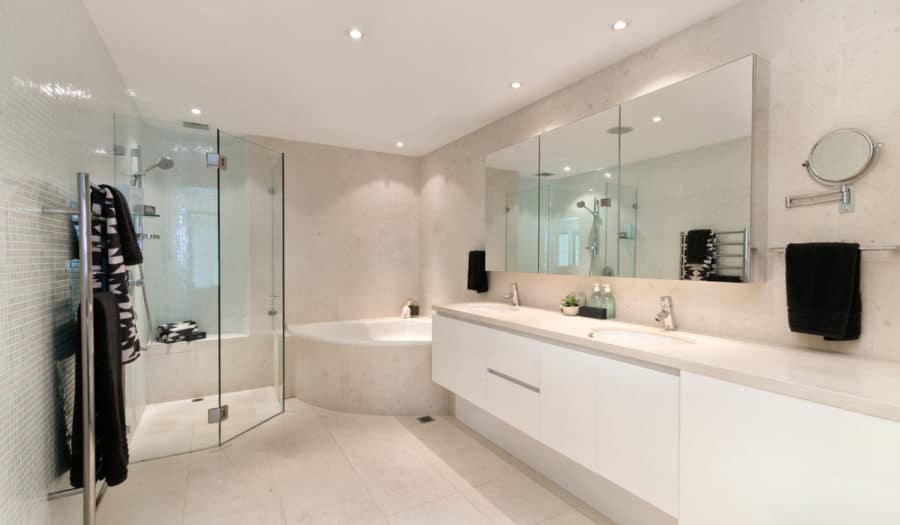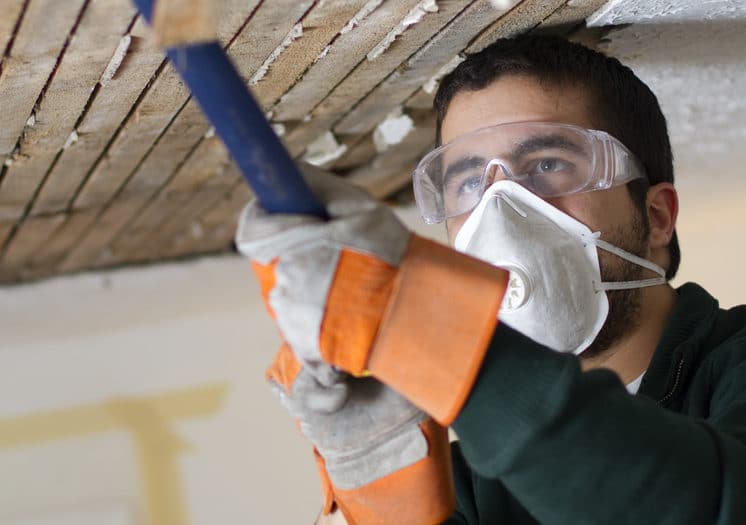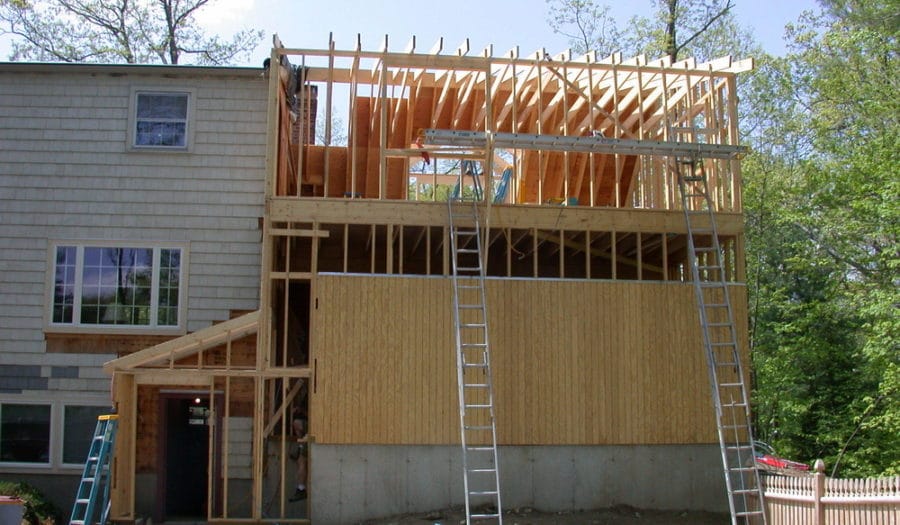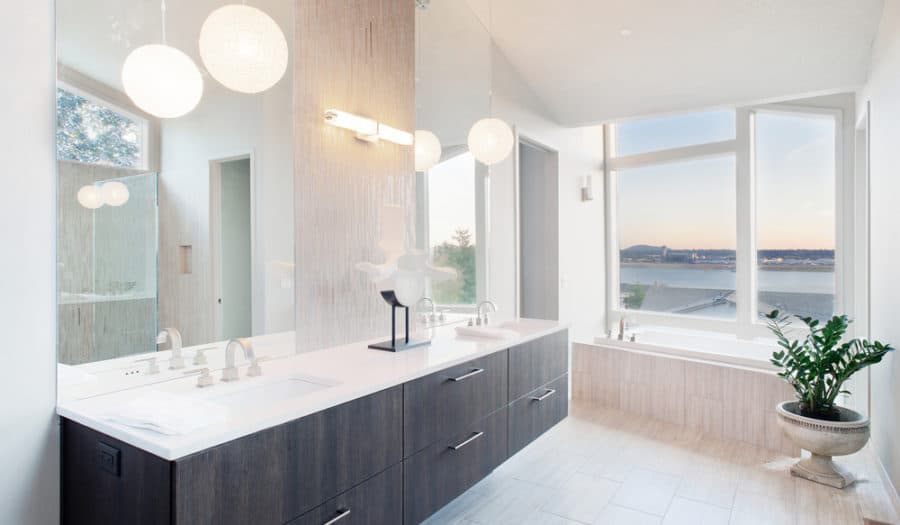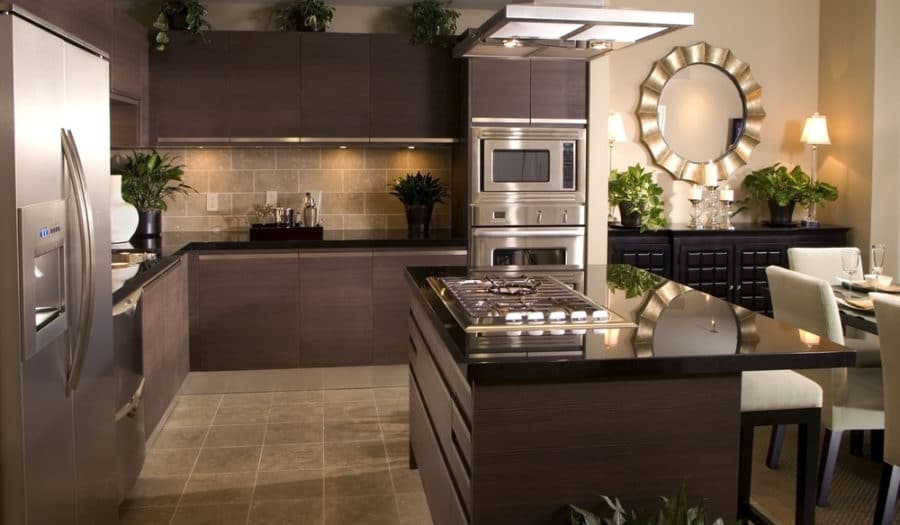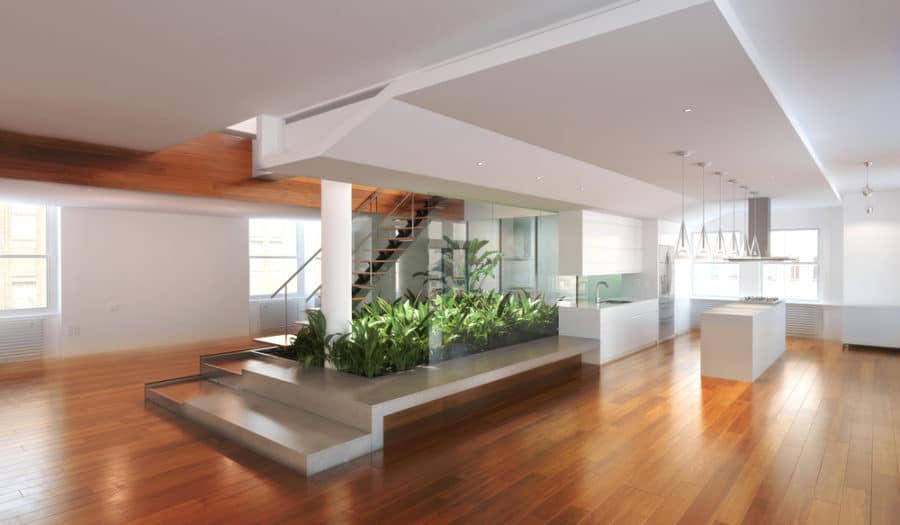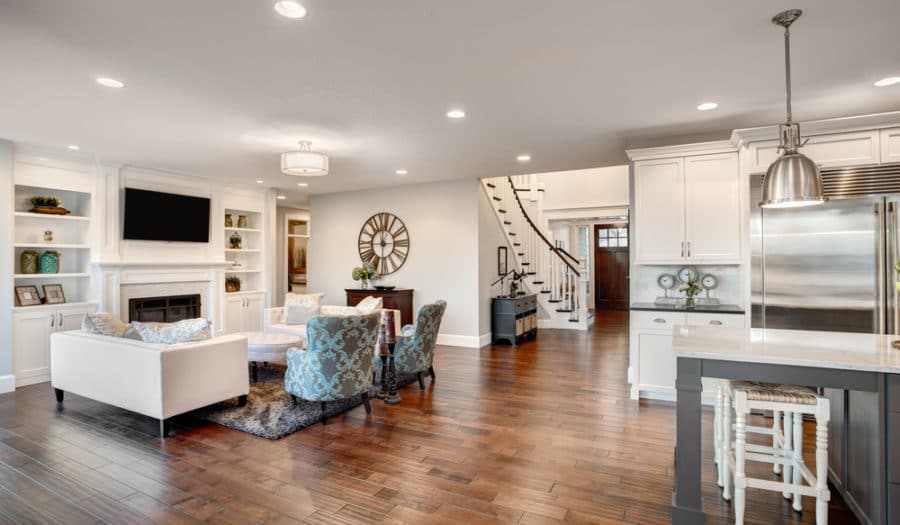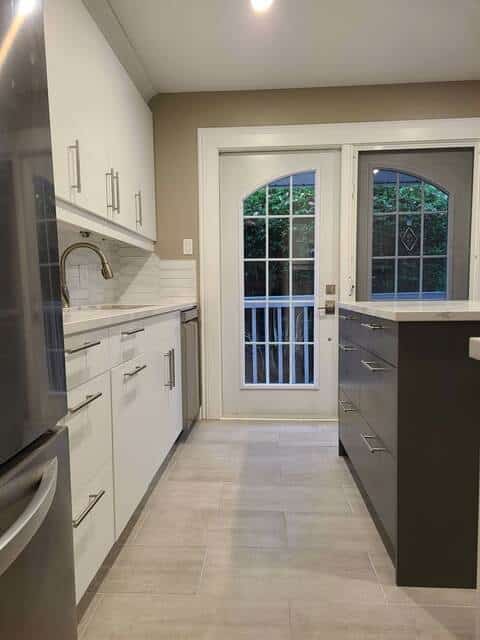How to Choose the Right Fixer-Upper
- https://renosgroup.ca/2015/10/">October 8, 2015
- By Keith Melanson
- In Expert Tips, Home Renovation Blog, Ottawa, Renovations
Buying a move-in-ready home is nice, but it’s not always in the budget. Sometimes, you need to buy a fixer-upper and renovate it to your unique standards. This can be a fun and exciting experience, but it can also be stressful when you don’t know which property to buy. Let’s explore the factors that should go into choosing the right fixer-upper for your needs:
Location, Location, Location
The first rule in real estate is to think about the location of the property you want to buy. Ideally, the best investment is the worst house in the best neighborhood. After you fix it up, the home then becomes part of the high-end landscape surrounding it. This translates into higher property values and increased resale possibilities. When planning your next hunt for the best fixer-upper, be sure to think about where the property is located so that you can buy something in a favourable or up-and-coming neighbourhood in Ottawa.
Money Left for Renovations
The point of buying a fixer-upper is to invest your money into a property that has the potential to be something great. Try to remember that when negotiating the cost. You will need to have enough money left after you buy the home to complete all the necessary renovation projects on it. If you spend too much on your initial purchase, you could run out of funds halfway through your renovation. Instead, find a home that is both fixable and affordable.
Your Specific Needs in a Home
At the end of the day, what matters most when purchasing a fixer-upper is how well the finished property will fit into your plans for it. Before you make anything official, be sure that the home can be feasibly transformed into what you desire. Ask yourself the following questions:
- Am I making this an income property?
- Will the home be used as my personal residence?
- Will I be able to reconfigure the layout the way I want?
- Can I afford everything that needs to be done?
- Are there other options in my budget that are fit for my needs without needing so much work?
*Tip: If you still can’t make up your mind, perhaps ask a friend or family member to help you decide. Bring in your Ottawa contractor for consultation about the estimated renovation costs.
Once you’ve settled on your fixer-upper, contact us, or give us a call at (613)727-9427 to start the renovation process. In no time, that fixer-upper will be turned into a breathtaking home.

